
A student is a person enrolled in a school or other educational institution.
Seventh grade is the seventh year of formal or compulsory education. The seventh grade is typically the first, second or third year of middle school. In the United States, children in seventh grade are usually around 12–13 years old. Different terms and numbers are used in other parts of the world.
Ninth grade is the ninth or tenth year of formal or compulsory education in some countries. It is generally part of middle school or secondary school depending on country. Students in ninth grade are usually 14–15 years old, but in some countries are 15–16.
Tenth grade is the tenth year of formal or compulsory education. It is typically the second year of high school. In many parts of the world, students in tenth grade are usually 15 or 16 years of age.
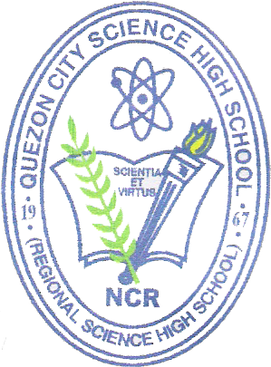
Quezon City Science High School is the Regional Science High School for the National Capital Region. It is the premier science high school of Quezon City and is regarded as among the prestigious science triumvirate of the Republic of the Philippines, along with the Philippine Science High School and Manila Science High School. It is located at Golden Acres Road, Corner Misamis Street, Bago-Bantay, Quezon City, Philippines. Founded on September 17, 1967, it was appointed as the Regional Science High School for the National Capital Region since 1998.
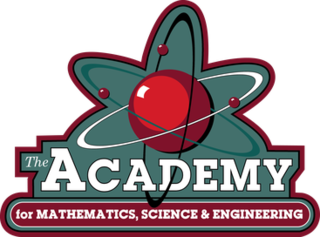
The Academy for Mathematics, Science, and Engineering (AMSE) is a four-year magnet public high school program intended to prepare students for STEM careers. Housed on the campus of Morris Hills High School in Rockaway, in the U.S. state of New Jersey, it is a joint endeavor between the Morris County Vocational School District and the Morris Hills Regional District.

The Philippine Science High School - Main Campus is the flagship campus of the Philippine Science High School System. It was founded in 1964. It is located along Senator Miriam P. Defensor-Santiago Avenue, Diliman, Quezon City.
The Regional Science High School Union (RSHS-Union) is a specialized system of public secondary schools in the Philippines, established during the academic year 1994-1995. It is operated and supervised by the Department of Education, with a curriculum heavily focused on math and science. It remains within the ambit of the Department of Education, unlike the specialized science high school system of national scope, the Philippine Science High School.
Education in the Philippines is compulsory at the basic education level, composed of kindergarten, elementary school, junior high school, and senior high school. The educational system is managed by three government agencies by level of education: the Department of Education (DepEd) for basic education; the Commission on Higher Education (CHED) for higher education; and the Technical Education and Skills Development Authority (TESDA) for technical and vocational education. Public education is funded by the national government.
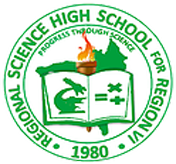
The Regional Science High School for Region VI (formerly Aklan Development High School / Science Development High School of Aklan / Science Development National High School is a public secondary science school supervised by the Department of Education. It is located in Old Buswang, Kalibo, Aklan, Philippines.
The Science, Technology, Engineering and Mathematics Education Program is a science and mathematics-oriented curriculum devised for high schools in the Philippines. The STEM program is offered by specialized high schools, whether public or private, supervised by the Department of Education. Currently, there are 110 high schools offering the STEM program, the majority being public. It was piloted in 1994 by the Department of Science & Technology (DOST).

Dearborn Center for Math, Science and Technology (DCMST) is a specialized secondary education center with a four-year advanced, research based, science and math curriculum located in Dearborn Heights, Michigan. The school was founded in 2001, with its first graduating class in 2005. Most of the school is located in the Henry Ford Community College building, but some of the Michael Berry Career Center (MBCC) building is also used by DCMST. About 75 students are selected each year from the three high schools in the Dearborn City School District. Once in the program, students are committed for four years. In freshman and sophomore year, students attend their three classes at DCMST in the afternoon from 11:15 to 1:55. Juniors and seniors attend in the morning from 7:35 to 10:15. The other three hours are spent at student's home school. DCMST is a member of the NCSSSMST, an alliance of specialized high schools in the United States whose focus is advanced preparatory studies in mathematics, science and technology. The school is also accredited by the North Central Association (NCA) as all other Dearborn Public Schools are.
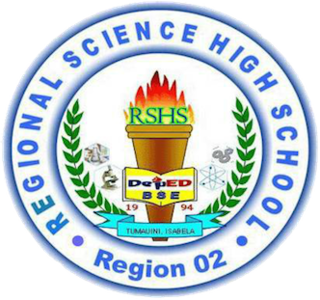
Regional Science High School is located at Camp Samal, Arcon, Tumauini, Isabela, in the Cagayan Valley Region. Its present principal is Romel Ricardo. Past principals include Mr. Inocencio T. Balag, Mrs. Catherine Angela Taloza, Dr. Fabio M. Macalling, Jr., Mr. Peter Batarao, and Ms. Nelia Z. Angoluan. Regional Science High School has a curriculum that specializes in science and mathematics.
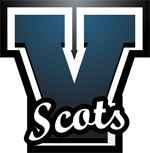
Vincent Memorial Catholic High School is a private, Roman Catholic high school in Calexico, California. It is located in the Roman Catholic Diocese of San Diego The school serves approximately 300 students.
Cordillera Regional Science High School (CRSHS) is a public high school located in La Trinidad, Benguet, Philippines. It serves as the campus of the Regional Science High School Union system for the Cordillera Administrative Region.
The Lipa City Science Integrated National High School is a public science high school located in Lipa City, Batangas in the Philippines. It is a DepEd-recognized science high school and one of the three science high schools in the province of Batangas, the others being the public Batangas Provincial Science High School in Batangas City and the private Batangas College of Arts and Sciences Inc., Lipa City.
The Pelham Memorial High School is the only high school within the town of Pelham, New York, United States. It is part of the Pelham Union Free School District.
Pacita Complex National High School (PCNHS), also known as Pacita NHS, is a public secondary high school in San Pedro, Laguna, in the Philippines. It was founded on 13 November 1997, began offering education in 1999, and now runs a curriculum in science, technology, and engineering program and secondary basic education.
The Gusa Regional Science High School - X colloquially RegSci, GSci or RS, is the Regional Science High School for Region X - Northern Mindanao. It is a specialized public science high school supervised by the Department of Education located in Gusa, Cagayan de Oro, Philippines. It is the premier science high school of Northern Mindanao, and one of the two science high schools in the region, together with the Philippine Science High School Central Mindanao Campus. The school was established in 1994 as Gusa National High School - RSHS Annex. It became the Regional Science High School for Northern Mindanao in 2002 through the House Bill No. 3000 of the 15th Congress. From the name Gusa National High School-Regional Science High School Annex, it was then changed into Gusa Regional Science High School - X, through the RA 10267.
Eastern Visayas Regional Science High School is one of the campuses of the Regional Science High School Union under the supervision of the Bureau of Secondary Education of the Department of Education. It is located at San Roque, Catbalogan, Samar along the Arteche Boulevard.









